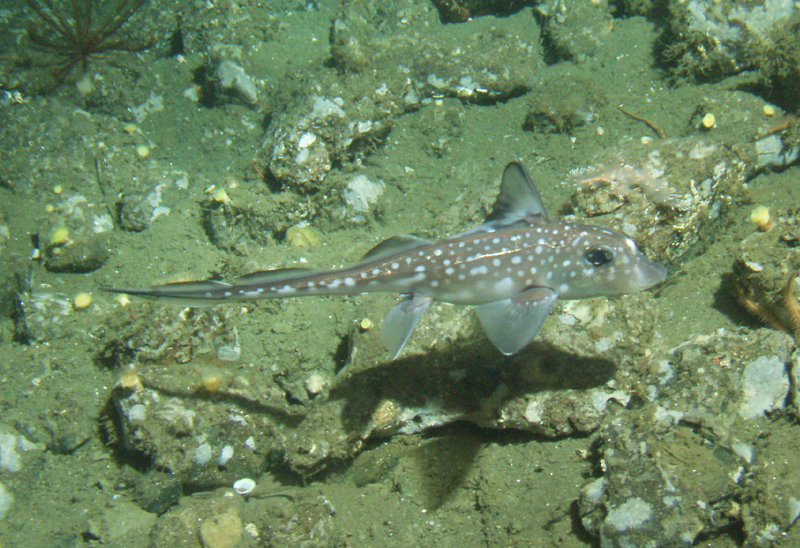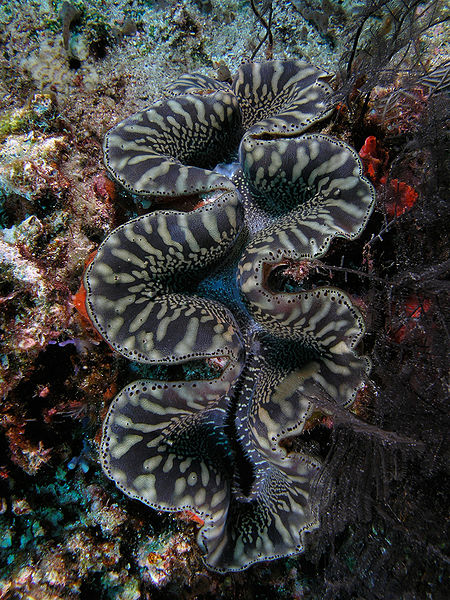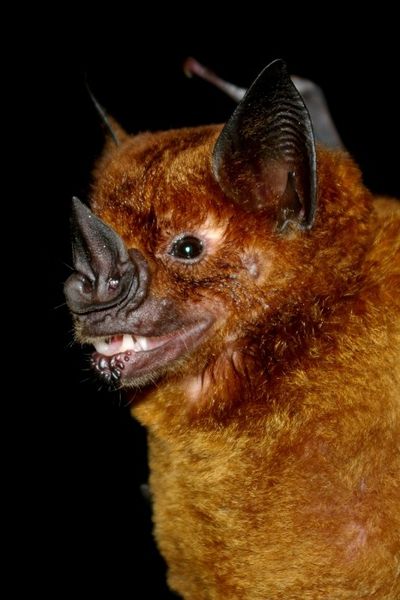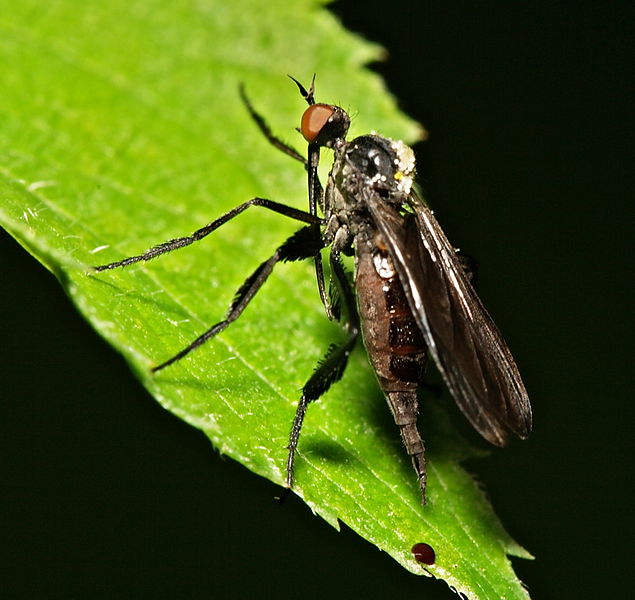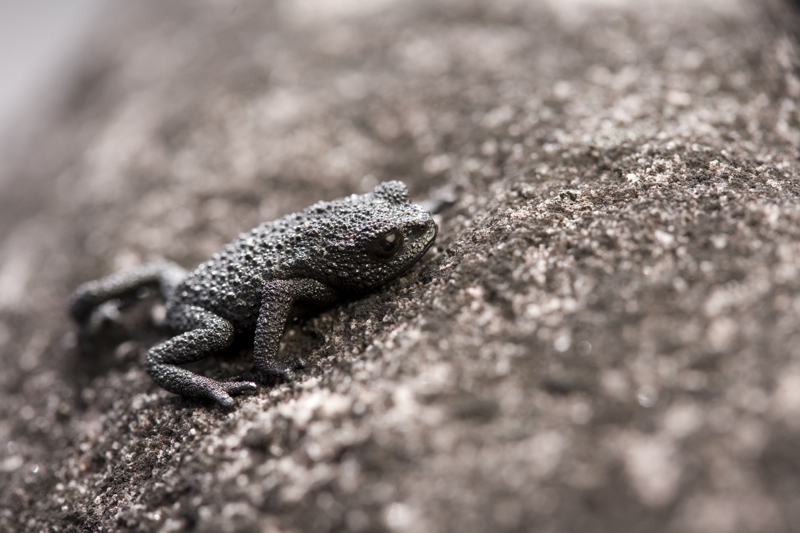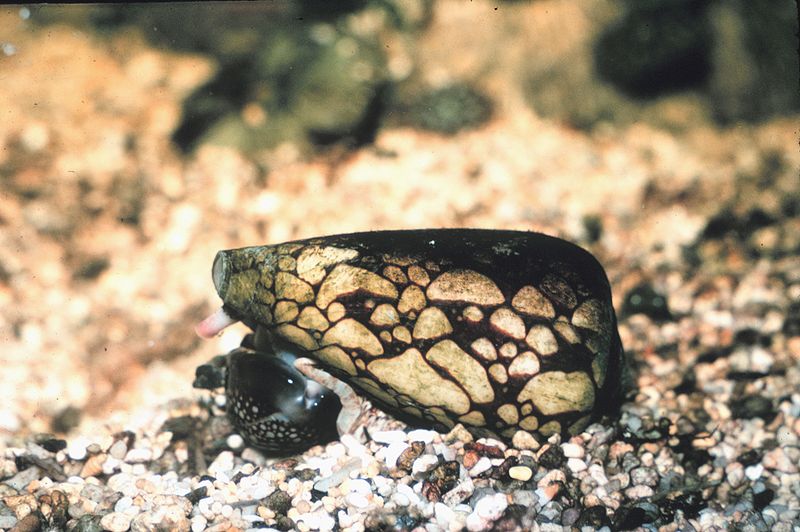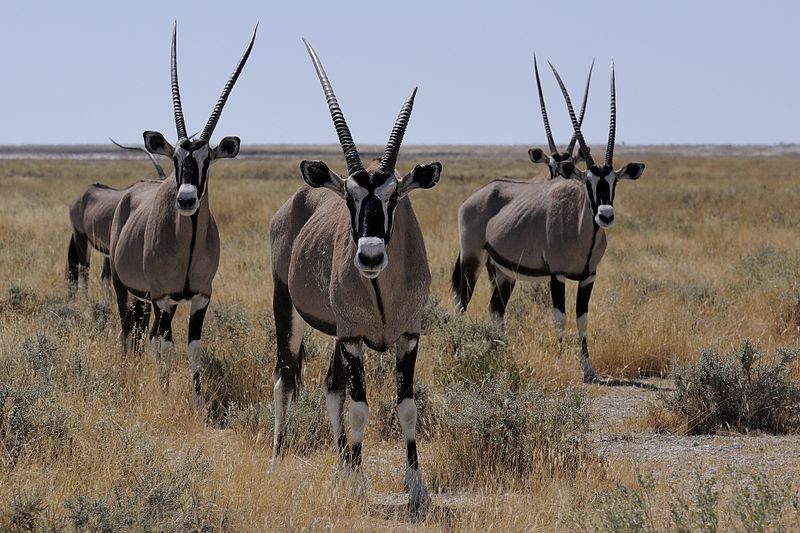
Cool Facts About The Gemsbok
- The Gemsbok is a large antelope only found in southern Africa (well, probably some zoos throughout the world as well)
- For once we don’t have to worry about the population status of this African animal as there is an estimated 373,000 wild animals with a stable population – probably because they are adapted to arid conditions that most animals (including humans) don’t want live in
- The black and white pattern on the Gemsbok face serves a purpose during mating season. When the time comes the males will use these unique colour markings to highlight their large horns…the antelope with the largest horns gets the girl
No Water…No Problem
As mentioned, the Gemsbok needs very little water to survive. They have had much success living in the arid to semi-arid (deserts) regions of Africa and having the ability to survive without water gives them an upper edge as there is less competition for resources. With that said, the Gemsbok located in the northern part of their distribution range tends to live in open grasslands and has lots of access to the precious water resource. It appears they are happy either way and in a harsh and deadly environment such as Africa being flexible definitely helps them survive.
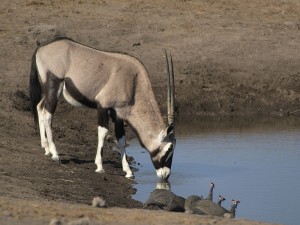
Why Is The Gemsbok Anti-Social?
Unlike other Antelope species the Gemsbok prefers to live in smaller groups (typically their relatives live in large herds) with both males and females. Interestingly enough, these large animals are incredibly territorial and not very welcoming to new group members (it is probably better to start your own group then try to join an existing herd). So now I have a question for all of you. Why does the Gemsbok have small herds and are unwelcoming when most other antelopes are the exact opposite? Let me know what you think by commenting below or discussing the question on the Wild Facts Facebook page.
Limited Resources and Small Herds
Personally, I think it could have something to do with the limited resources. When you live in a tough, dry habitat you don’t want to have to compete with hundreds of other animals. As well, you will fight to the death to protect the one spot of food and water that you did find. Maybe they have small herds since they don’t require the additional protection against predators. They rely on the harsh environment and quick running speeds to dissuade a hungry attacker. What do you think?

